The cost of a central air conditioning system ranges from $3,900 to $7,900. This represents a major investment that needs careful consideration.
Your air conditioner’s size affects more than just the purchase price. A poorly sized unit drives up energy costs, makes your space less comfortable, and shortens the system’s life. Selecting an air conditioner that matches your space perfectly is a vital part of the installation process.
A 300-square-foot room requires exactly 6,000 BTU to cool effectively. Larger spaces between 550 to 1,050 square feet need 12,000 to 18,500 BTU. But square footage tells only part of the story. Your room’s ceiling height, window location, and intended use significantly impact the final choice.
We’ll show you how to select the ideal air conditioner that fits your space. Our guidance will help you make a smart investment that keeps your home comfortable and your energy bills low. Ready to find your perfect cooling solution?
Understanding Air Conditioner Types
Understanding different types of air conditioners helps you make an informed choice. Each type meets specific needs and comes with unique features.
Window Units vs Portable ACs
Window units mount directly in window frames and cool single rooms efficiently. These units can cool spaces between 100 to 300 square feet. Window ACs are more energy-efficient than their portable counterparts.
Portable air conditioners feature a wheeled design that offers flexibility. These units rely on a hose system for ventilation and are perfect for rooms where window installation isn’t an option. The units’ actual cooling capacity is about half of what manufacturers claim.
Split Systems and Central Air
Split systems have two main components: an outdoor unit with the compressor and condenser, and an indoor unit with the evaporator coil. The system’s variable-speed options provide better temperature control and consistent comfort.
Central air systems cool entire houses by distributing air through a duct network. The system’s noise levels range from 55-75 decibels. Multi-stage cooling features allow precise temperature management.
Pros and Cons of Each Type
Central air systems excel at cooling efficiency and their built-in filtration improves indoor air quality. Despite that, installation requires professionals and involves substantial upfront costs between $3,884 and $7,928.
Split systems run quietly and offer zonal cooling options. These systems need professional installation and regular maintenance to stay efficient.
Window units are affordable, with total costs ranging from $100 to $1,100 including installation. The units can be noisy and might block natural light, but they remain an economical solution.
Portable units excel in mobility and setup ease, costing between $200 and $800. The units occupy floor space and don’t match other options’ efficiency levels.
How to Calculate the Right Size
The right size air conditioner depends on precise measurements and calculations. A properly sized unit will give you optimal cooling and prevent energy waste.
Measuring Your Space
Room measurements are the foundations of picking the right AC unit. You can calculate square footage by multiplying the room’s length by its width. Complex layouts require dividing the space into rectangles and adding their areas together.
Everything in AC sizing depends on these factors:
- Ceiling height (standard calculations assume 8-foot ceilings)
- Window quantity and quality (single vs. double-pane)
- Sun exposure (south or west-facing rooms just need more cooling)
- Heat-generating appliances present
BTU Requirements Guide
British Thermal Units (BTU) show how much energy an AC unit uses to remove heat from a space per hour. You can estimate by multiplying your room’s square footage by 20 BTU.
Here’s a quick reference for common room sizes:
- 600-1,000 sq ft requires 1.5 tons (18,000 BTU)
- 1,000-1,500 sq ft just needs 2 tons (24,000 BTU)
- 1,500-2,000 sq ft just needs 3 tons (36,000 BTU)
We adjusted these base calculations: reduce capacity by 10% for shaded rooms or increase by 10% for sunny spaces. You should add 600 BTU per person for rooms with more than two people regularly, plus 4,000 BTU for kitchen installations.
The right size prevents two common problems: undersized units don’t deal very well with cooling effectively, and oversized ones fail to remove adequate moisture, which leaves spaces feeling clammy.
Smart Shopping Strategies
Smart shopping for an air conditioner takes good timing and a full picture of the market.
Best Times to Buy
You’ll find the best prices for air conditioners during fall and early spring. We tracked prices in January, February, March, September, October, and December and showed savings up to 10-15% off regular prices. Manufacturers also run special promotions during these off-peak seasons.
Where to Find Deals
The foundations of smart shopping start with multiple quotes. Getting three to four estimates helps you secure the best price. Tax credits and utility company rebates can bring down your costs, with savings of up to $300 for energy-efficient models.
Comparing Prices Effectively
Research local average costs and give similar project details to each dealer before comparing prices. Here are the main factors that affect your final cost:
- Installation rates change based on location and contractor experience
- Smart features like Wi-Fi connectivity add 5-15% to unit costs
- Summer months bring peak prices due to seasonal demand
Negotiating with Dealers
Start your negotiation by showing interest in the dealer’s proposal while mentioning their price seems high based on your research. Dealers expect to negotiate and usually include a 45-55% profit margin in their original quotes. You can get better deals by discussing off-season installation rates or bundled service packages.
Note that phone estimates rarely give accurate pricing, so ask for written quotes after a property inspection. The final price isn’t everything – you might also want to negotiate extended warranties or maintenance contracts.
Hidden Costs to Consider
Air conditioners have several hidden expenses that affect your long-term costs beyond their purchase price.
Installation Expenses
Older homes often need electrical system modifications. Electrical wiring replacements or upgrades can add substantial costs. Your ductwork might need repairs because leaking ducts will drive up electric bills. Installation expenses can rise when you need structural modifications like replacing rotted wall studs or fixing drywall.
Energy Usage
Air conditioners use between 3,000 to 5,000 watts per hour. Cooling makes up about 9% of a typical household’s energy consumption. Running a central AC system in a large home will cost you between $108 to $144 monthly. Your energy usage changes based on:
- Home insulation quality
- Local climate conditions
- System efficiency rating
- Daily runtime hours
Maintenance Requirements
Regular maintenance helps you avoid expensive repairs and system failures. You’ll spend between $65 to $200 yearly on professional maintenance checks. These inspections must include:
- Cleaning evaporator and condenser coils
- Checking refrigerant levels
- Inspecting electrical connections
- Lubricating moving parts
Your investment needs protection, so set aside 15-20% of your budget for unexpected problems. Regular maintenance will extend your system’s lifespan and keep it running efficiently, which makes it worth the upfront costs.
Conclusion
Buying an air conditioner needs you to think over several key factors. Your space dimensions, BTU calculations, and the type of unit you select are vital elements of a smart purchase.
You can save 10-15% on your purchase price by shopping strategically during off-peak seasons like fall and early spring. The original price tag shows only part of your total investment. Your long-term costs substantially depend on energy usage, maintenance needs, and installation fees.
The right size and proper installation of your AC system will keep your home comfortable for years. Annual maintenance checks cost between $65-$200 but protect your investment and help maintain peak performance throughout the system’s life.
Your final purchase decision should account for all these expenses. This complete approach helps you avoid surprise costs while your new air conditioner delivers the comfort and efficiency you need.
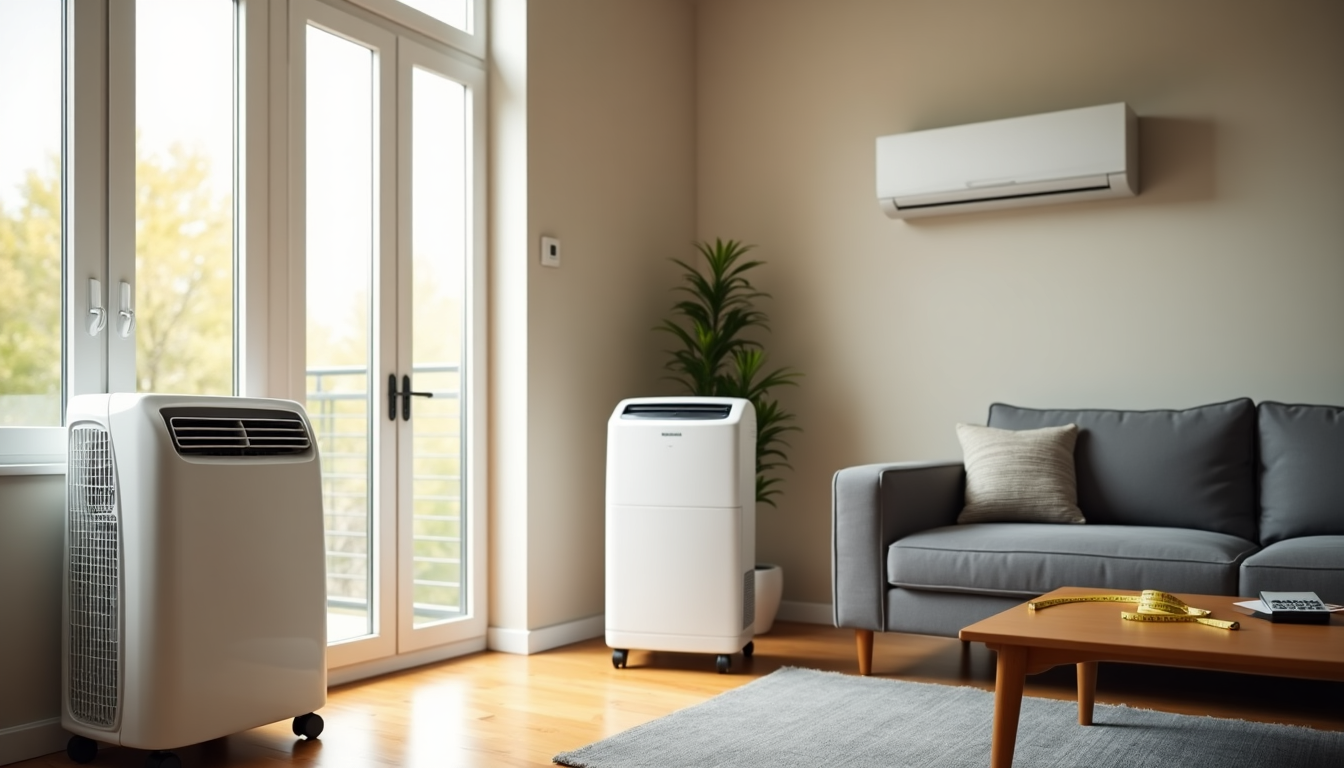



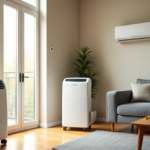

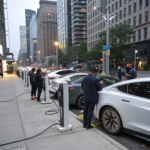

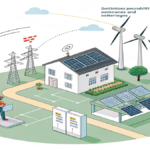
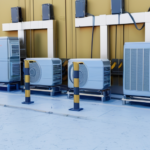

I am extremely inspired together with your writing talents and also with the format for your weblog. Is that this a paid subject matter or did you customize it your self? Either way stay up the nice quality writing, it is uncommon to look a great weblog like this one today. !